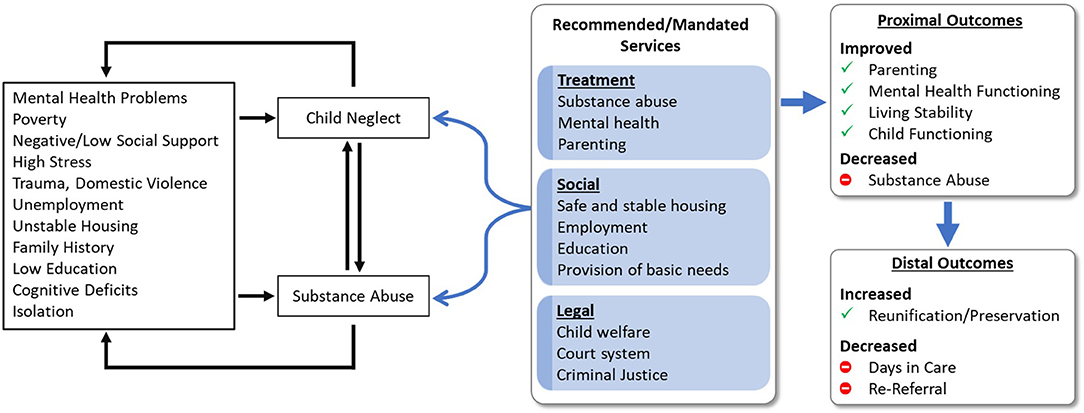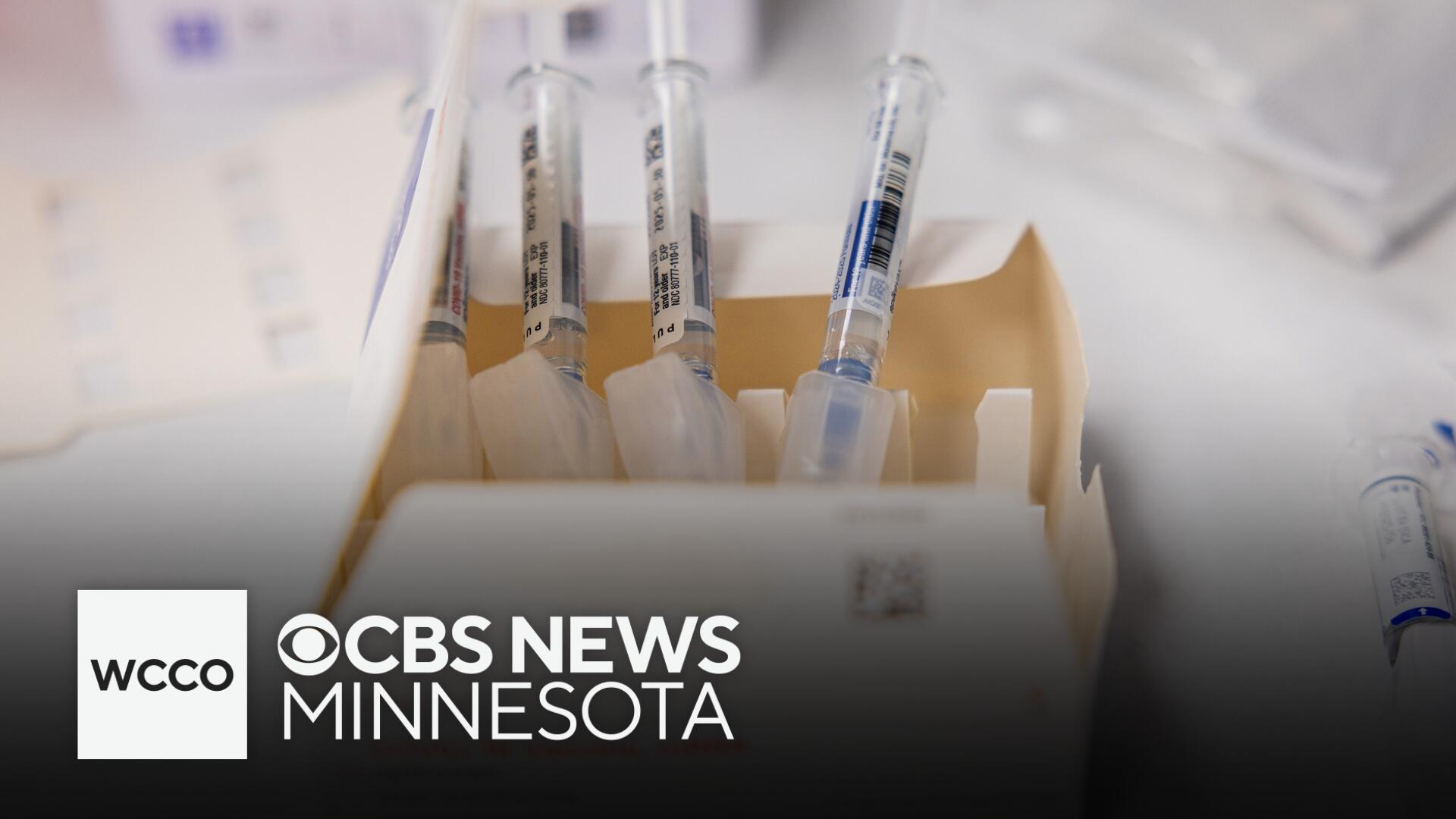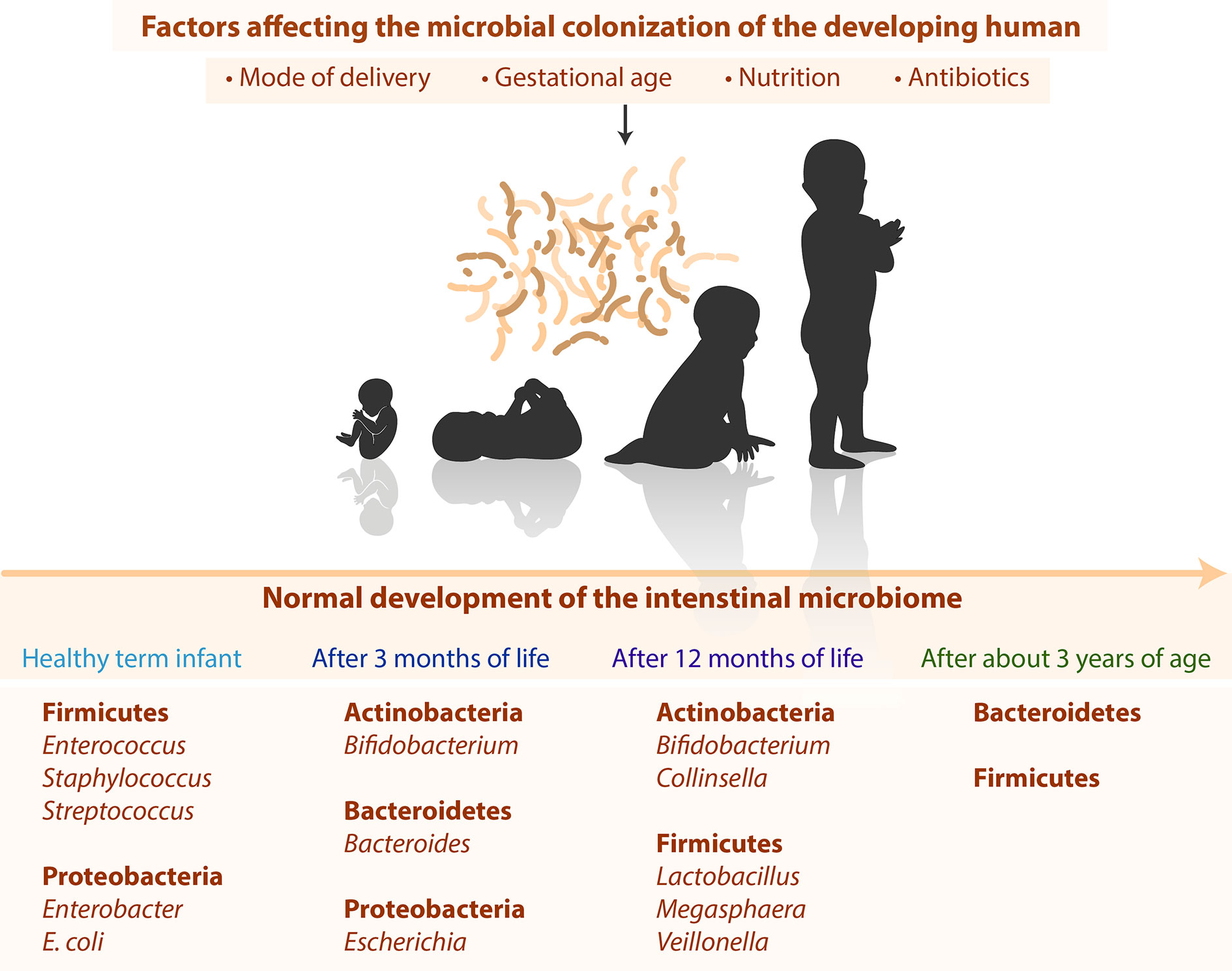
Report on Novel Immunotherapeutic Strategies Targeting CD39 in Inflammatory Bowel Diseases
Introduction
Recent research by L. Zhang et al. has introduced innovative immunotherapeutic approaches aimed at limiting the progression of inflammatory bowel diseases (IBDs). These strategies focus on the critical interaction between the membrane-bound CD39 molecule and cellular metabolism. Specifically, the approaches enhance regulatory T-cell (Treg) function by modulating glucose metabolism and suppress pathogenic proinflammatory Th17 responses through the regulation of oxidative metabolism.
Immunometabolism and T-Cell Differentiation
The differentiation of naive CD4⁺ or CD8⁺ T cells into various effector subsets—including Th1, Th2, Th17, cytotoxic T cells, and induced regulatory T cells (iTregs)—as well as the generation of memory T cells, requires sustained energy consumption. Dysregulation of immunometabolism has been identified as a contributing factor to impaired immunoregulation in autoimmune and hyperinflammatory conditions such as IBDs.
Role of CD39 in Immune Regulation
The study highlights the metabolic interplay driven by CD39 expression in CD4⁺Foxp3⁺ Tregs and Th17 cells. These subsets are known to be functionally impaired and proinflammatory, respectively, in the context of IBDs. CD39 acts as a metabolic rheostat that modulates immune responses, offering a target for therapeutic intervention.
Proposed Immunotherapeutic Strategies
- Enhancement of Regulatory T-Cell Function: Modulation of glucose metabolism to increase the suppressive capacity of Tregs, thereby restoring immune homeostasis.
- Suppression of Proinflammatory Th17 Responses: Regulation of oxidative metabolism to reduce pathogenic inflammation mediated by Th17 cells.
Implications for Sustainable Development Goals (SDGs)
- SDG 3: Good Health and Well-being – These novel immunotherapeutic strategies contribute to improving health outcomes by targeting chronic inflammatory diseases such as IBDs, reducing disease burden, and enhancing quality of life.
- SDG 9: Industry, Innovation, and Infrastructure – The research exemplifies innovation in biomedical science, promoting advanced therapeutic development and fostering scientific progress.
- SDG 17: Partnerships for the Goals – The study is supported by multiple international research networks and funding bodies, demonstrating collaborative efforts essential for advancing health research.
Conclusion
The findings by L. Zhang et al. underscore the importance of targeting metabolic checkpoints, particularly CD39, to restore immune balance and limit hyperinflammation in IBDs. These strategies align with global health priorities and sustainable development objectives by advancing therapeutic options for autoimmune diseases.
References
- Barnaba V. T-cell memory in infection, cancer, and autoimmunity. Front Immunol. 2022;12:811–968.
- MacIver NJ, Michalek RD, Rathmell JC. Metabolic regulation of T lymphocytes. Annu Rev Immunol. 2013;31:259–83.
- Pacella I, et al. Fatty acid metabolism complements glycolysis in selective regulatory T-cell expansion during tumor growth. Proc Natl Acad Sci USA. 2018;115:E6546–E6555.
- Zhang L, et al. Antisense to human CD39 dysregulates immune metabolism in inflammatory bowel disease. Cell Mol Immunol. 2025;22:730–42.
1. Sustainable Development Goals (SDGs) Addressed or Connected
- SDG 3: Good Health and Well-being
- The article focuses on immunotherapeutic strategies to limit the progression of inflammatory bowel diseases (IBDs), which directly relates to ensuring healthy lives and promoting well-being for all ages.
- It addresses autoimmune and hyperinflammatory conditions, contributing to the goal of reducing the burden of diseases.
- SDG 9: Industry, Innovation and Infrastructure
- The article discusses novel immunotherapeutic strategies and metabolic modulation, reflecting innovation in medical research and healthcare technologies.
- SDG 17: Partnerships for the Goals
- The study is supported by various international and national research organizations and funding bodies, indicating collaborative partnerships in scientific research.
2. Specific Targets Under Those SDGs Identified
- SDG 3: Good Health and Well-being
- Target 3.3: By 2030, end the epidemics of AIDS, tuberculosis, malaria and neglected tropical diseases and combat hepatitis, water-borne diseases and other communicable diseases.
- Target 3.4: By 2030, reduce by one third premature mortality from non-communicable diseases through prevention and treatment and promote mental health and well-being.
- Target 3.b: Support the research and development of vaccines and medicines for the communicable and non-communicable diseases that primarily affect developing countries.
- SDG 9: Industry, Innovation and Infrastructure
- Target 9.5: Enhance scientific research, upgrade the technological capabilities of industrial sectors, including encouraging innovation and substantially increasing the number of research and development workers.
- SDG 17: Partnerships for the Goals
- Target 17.6: Enhance North-South, South-South and triangular regional and international cooperation on and access to science, technology and innovation.
3. Indicators Mentioned or Implied to Measure Progress
- Indicators Related to SDG 3
- Prevalence and incidence rates of inflammatory bowel diseases (IBDs) and other autoimmune/hyperinflammatory conditions.
- Measurement of regulatory T-cell function and proinflammatory Th17 responses as biomarkers for disease progression and treatment efficacy.
- Clinical outcomes related to immunotherapeutic interventions targeting metabolic checkpoints.
- Indicators Related to SDG 9
- Number and impact of novel immunotherapeutic strategies developed and implemented.
- Research outputs and innovations in immunometabolism and therapeutic approaches.
- Indicators Related to SDG 17
- Number and scope of collaborative research projects and funding partnerships supporting immunological and metabolic research.
4. Table of SDGs, Targets, and Indicators
| SDGs | Targets | Indicators |
|---|---|---|
| SDG 3: Good Health and Well-being |
|
|
| SDG 9: Industry, Innovation and Infrastructure |
|
|
| SDG 17: Partnerships for the Goals |
|
|
Source: nature.com







